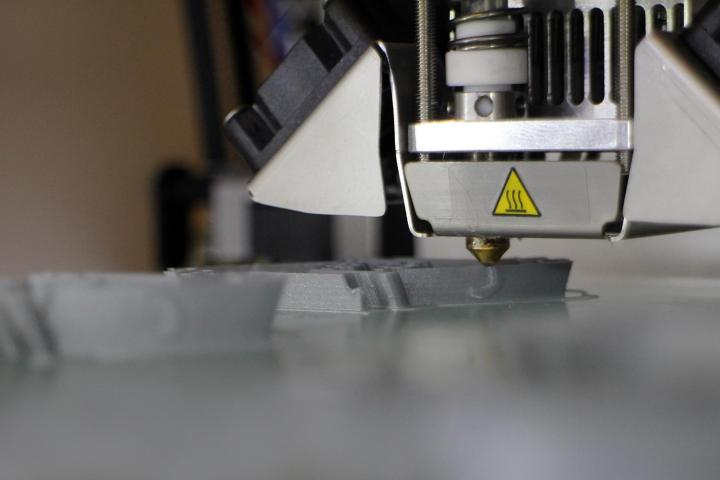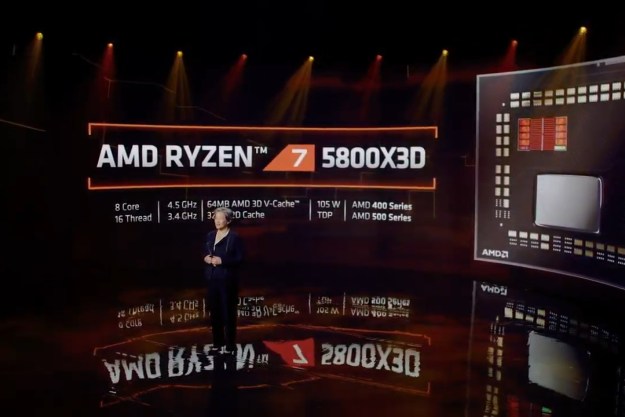
Widespread availability of 3D printing technology will revolutionize the world — but it doesn’t come in a vacuum. With so many 3D printers on the market, how are you supposed to know which are good and which will leave you with buyer’s remorse?
In our 3D printer reviews, we tear through every feature, test every quirk, and put the manufacturer’s claimed specs to the test. Here’s how we break it down:
Features & Specs
We start with a straightforward overview of the printer’s features and specifications, as stated by the manufacturer. This will provide you with a decent idea of what the printer is capable of doing, and what (if anything) distinguishes it from the rest of the pack.
What type of printer is it? FDM? DLP/SLA? Does it use Cartesian coordinates or a Delta configuration? What kind of materials can it print in? How big is the print area? Does it have two extruders or one?
Setup & Configuration
Pretty much any 3D printer you buy is going to require some amount of assembly, configuration, and calibration. Sometimes this is a relatively swift and simple process, and other times it’s maddeningly difficult. We’re not experts at putting things together either, so we’ll give you an honest assessment of how tough the process is. Can it be done in a few minutes? Should you clear out an entire afternoon?
Build Quality & Design
3D printer manufacturers are always trying to make their machines more affordable, and unfortunately this means they sometimes release printers that aren’t built very well. Sure, your printer probably isn’t going to take a big spills once you set it up, and it doesn’t need to be the sturdies thing on planet earth — but printers are complex machines. They’re comprised of lots of individual moving parts, and if any break or malfunction, they can screw up the totally rad Stormtrooper Buddha you’re creating.
To assess the build quality of the machines we test, we scrutinize all of their main components to see how sturdy and reliable they feel. We won’t knock one off the countertop, but we do give every printer we test a few bumps, shakes, and twists to see how it holds up.
After we’re done with this up-close inspection, we take a step back and assess the overall design of the printer. Is the filament spool in a stupid place? Can the build plate be easily removed for cleaning? Can you take it apart with a screwdriver, or do you need special tools? We take it all in, and over the course of using the printer for a couple weeks, we tease out every annoying quirk and design problem.
User Interface & Software
Physical design is only half of the equation. The control software that comes with your 3D printer is just as important as the hardware. If it’s confusing and poorly designed, that’s a big problem.
We offer up an assessment of the printer’s onboard software (the stuff that helps you navigate and adjust settings, initiate prints, and calibrate the machine), but we leave it at that. And as a rule, we try to use the same slicer program (which takes a 3D model and converts it into code that the printer can understand) for every printer we test, and only use a different one if we absolutely must. This way the variables don’t change, which helps us separate hardware problems from software problems
99 percent of the time, we’ll use the latest version of Cura as our default slicer program. If a printer is designed to work with a different program, we’ll be sure to make note.
Print Performance
To test if the printer lives up to its claimed specifications, we run it through our own unique test protocol. This consists of a number of different tests, each designed to quantify and approximate the printer’s performance from a different angle.
To start out, we print a simple shape, a 1 × 1 × 1 centimeter cube. We do this twice, once at the lowest speed/highest resolution setting, and another time at the highest speed/lowest resolution. This gives us a good idea of how quickly the printer prints, in cubic centimeters per minute.
Next we print something a bit more complex — a custom-designed shape that tests all the different facets of printing. It’s got flat surfaces, curved surfaces, overhangs, fine details, and a whole lot more. If the printer isn’t good at something, this shape will highlight it.
When it’s done, we break it off the build plate and snap a few high-res pictures of it, so you can see for yourself how the print turned out. We also measure certain parts of the print with a micrometer to see how accurate the physical model is in comparison to the digital one.
Maintenance, Repairability, and Upgradability
3D printing is a messy affair. No matter how hard you try, something eventually breaks, or becomes outdated. As such, you’ll need to conduct routine maintenance, simple repairs, and maybe even a few upgrades — so in our reviews we assess how simple it is to do these things.
Can you easily get under the hood to fix a malfunctioning motor? How hard is it to clean the build plate? If your filament feeder craps out, can you get another online? What if you want to upgrade the cooling fan on your extruder? In our reviews, we get down to the nitty gritty and let you know how hard each machine is to tinker with.
Overall
Once we’re done knocking it around, running it through the testing gauntlet, and examining it from every possible angle, we’ll lay down a simple summary of how we feel about the printer in question. No beating around the bush — just a straightforward verdict on how this printer performed, and whether or not you can get a better one for the same price.
Editors' Recommendations
- Nvidia turns simple text prompts into game-ready 3D models
- This is how you can accidentally kill AMD’s best CPU for gaming
- AMD Ryzen 7 5800X3D beats predecessor, but AMD promised more
- AMD’s revolutionary 3D V-Cache chip could launch very soon
- AMD teases performance of its revolutionary 3D V-cache chip







